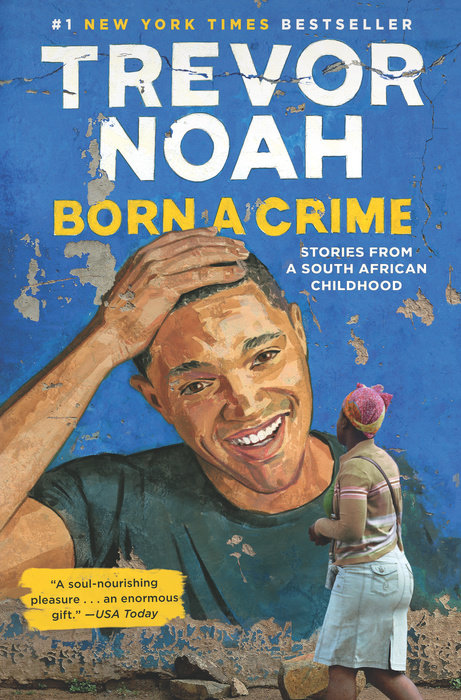Krazy racial rules: New biography of cartoonist George HerrimanPosted in Articles, Biography, Literary/Artistic Criticism, Louisiana, Media Archive, Passing, United States on 2016-11-25 23:08Z by Steven |
Krazy racial rules: New biography of cartoonist George Herriman
The Times-Picayune
New Orleans, Louisiana
2016-11-25
Doug MacCash, Arts and Entertainment Writer
 New Orleans-born Krazy Kat cartoonist George Herriman (Photo by Will Connell, courtesy Michael Tisserand) |
“Krazy: A Life in Black and White,” the biography of Crescent City-born newspaper cartoonist extraordinaire George Herriman (1880-1944) is an absorbing study of a genius with a secret.
Herriman’s equally compelling and confounding “Krazy Kat” cartoon is considered a milestone in modern art. As New Orleans author Michael Tisserand deftly points out in his 549-page volume, the illogic of Herriman’s ink-on-paper drawings mirror the absurdity of the racial divide in early 20th-century America.
After 10 years of scouring microfilm archives, yellowed newspapers and public records, Tisserand has pieced together Herriman’s journey from his humble birth in the Treme neighborhood to heights of fame in Jazz-era New York and Los Angeles. It wasn’t easy.
“I had to teach myself to be an historian,” Tisserand said. “I didn’t anticipate the amount of difficulty it would be finding Herman’s work.”
Like a snake handler, Tisserand uncoils the confusing racial politics of New Orleans in the Jim Crow era, where the descendants of slaves and the descendants of so-called free people of color suffered segregation, discrimination and violence at the hands of the white population.
As Tisserand explains, when Herriman was 10 years old, his parents fled the South for a new beginning in California, where personal reinvention was possible. As Tisserand wrote, “Herriman was a black man born in New Orleans.” But upon reaching the Pacific, Herriman’s parents “had obscured their identity and ‘passed’ for white.”…
Read the entire article here.

